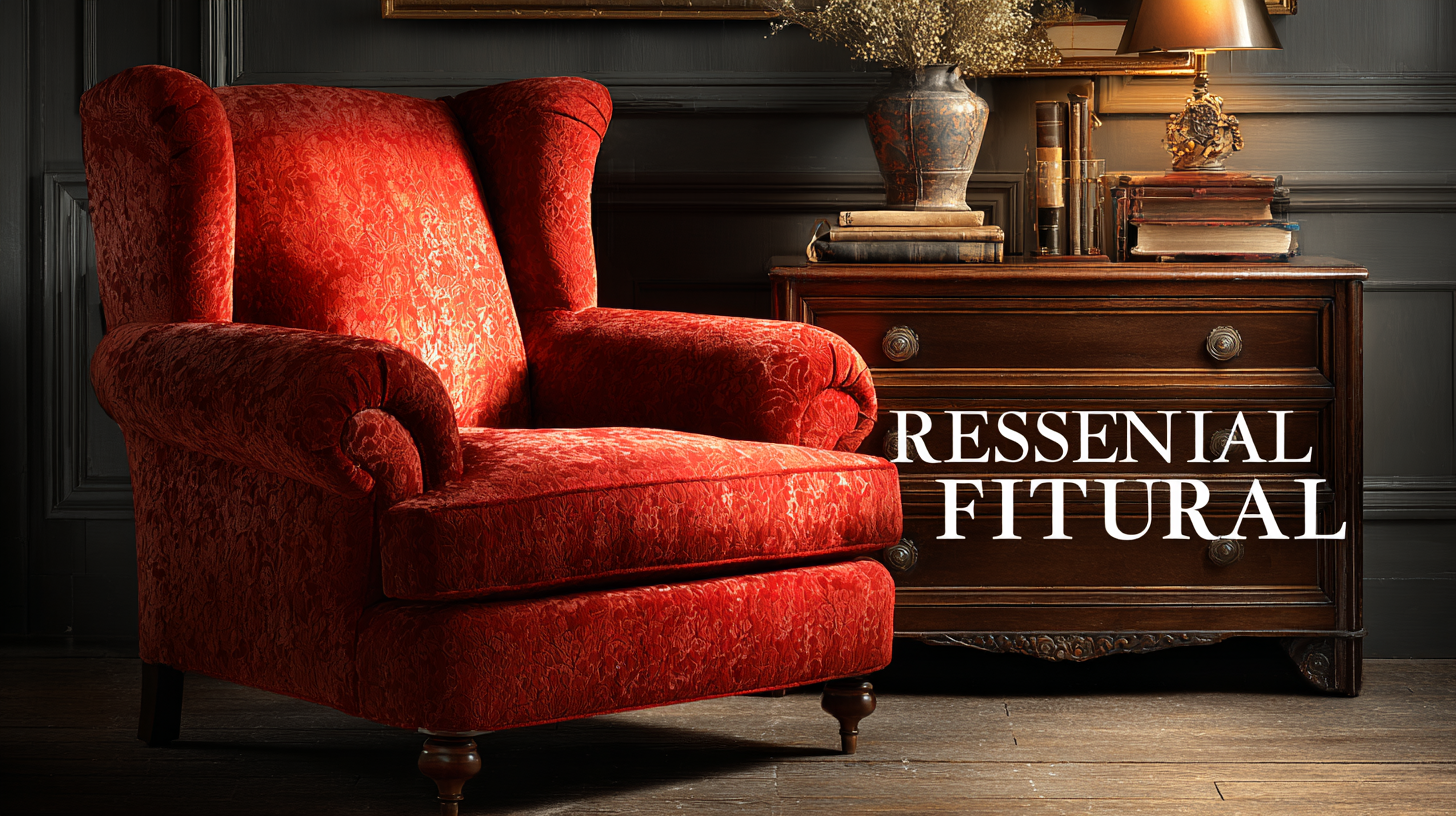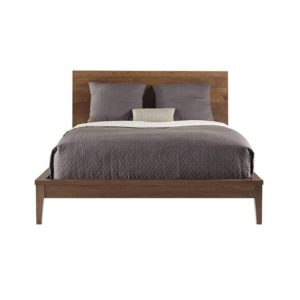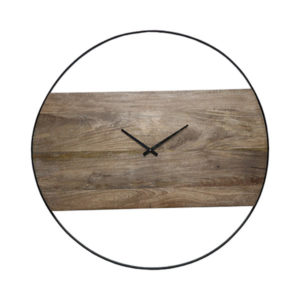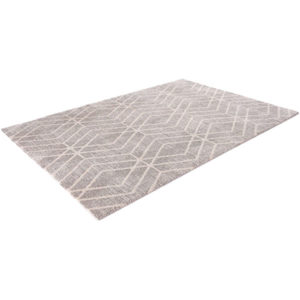Blog
What's New
Get the latest furniture trends for less at Furniture World Saskatoon
Find new and amazing products that we feature every month from the world’s finest furniture makers and the Canadian furniture industry’s cream of the crop. Get in touch with us for complete information about products slated for launching at our store.
-
Style In Form Nesting Table Hairpin
$429.00Original price was: $429.00.$349.00Current price is: $349.00. -
West Bros Serra King Walnut Bed
$3,499.00Original price was: $3,499.00.$2,799.00Current price is: $2,799.00. -
TH Definity Walnut Night Table
$1,499.00Original price was: $1,499.00.$1,199.00Current price is: $1,199.00. -
Ren-Wil Tupper Picture
$549.00Original price was: $549.00.$399.00Current price is: $399.00. -
Renwil Amika Clock
$619.00Original price was: $619.00.$489.00Current price is: $489.00. -
Torre & Tagus Flame Sculpture
$159.00Original price was: $159.00.$119.00Current price is: $119.00. -
Citak 5X8 Rug Arctic Thatch
$599.00Original price was: $599.00.$449.00Current price is: $449.00.
7 Essential Tips for Choosing the Best Residential Furniture for Your Global Sourcing Needs
The demand for high-quality residential furniture has seen a substantial increase in recent years, driven by the growing global sourcing trends. According to a report by Statista, the global furniture market is expected to reach approximately $650 billion by 2025, with a significant portion attributed to residential furniture needs. This surge in demand places greater emphasis on sourcing furniture that not only meets quality standards but also aligns with consumer preferences across different regions.

As manufacturers in China continue to enhance their production capabilities, understanding the nuances of selecting the best residential furniture becomes crucial for businesses looking to capitalize on this booming market. This blog will provide you with seven essential tips to navigate the complexities of choosing residential furniture, ensuring that your sourcing strategy is both effective and aligned with global standards.
Understanding Your Target Market: Key Factors to Consider
When selecting residential furniture for global sourcing, understanding your target market is pivotal. Start by researching the cultural preferences and lifestyle choices of your potential customers. Different regions exhibit unique tastes in furniture design, material, and functionality. For instance, Scandinavian minimalism may resonate well in northern Europe, while vibrant and ornate styles might appeal to consumers in Latin America. By aligning your product offerings with local aesthetics and practical needs, you can significantly enhance your market appeal.
Another crucial factor is to consider the demographics of your target market. This includes age, income levels, and family structures, which can greatly influence furniture preferences. Young professionals may prioritize compact and multifunctional furniture due to limited living space, while families might seek durable and spacious options. Moreover, understanding trends such as sustainability can shape your sourcing decisions; eco-friendly materials are increasingly in demand, reflecting a growing consciousness about environmental impact. Tailoring your furniture selection to these market nuances ensures you cater effectively to your audience, driving sales and fostering brand loyalty.
Materials Matter: Choosing Sustainable and Durable Options
When it comes to selecting residential furniture with an emphasis on sustainability and durability, materials play a crucial role. Increasingly, consumers are prioritizing eco-friendly choices, which is reflected in a joint study showing that products labeled as environmentally responsible enjoy significant sales growth. This shift toward sustainability is not limited to furnishings alone but has also permeated flooring options, with bamboo emerging as a popular choice.
 Bamboo flooring, for example, is not only renewable but also offers impressive durability, making it an attractive alternative to traditional hardwood.
Bamboo flooring, for example, is not only renewable but also offers impressive durability, making it an attractive alternative to traditional hardwood.
In the broader context of sustainable materials, various options have gained traction in the construction and home decor industries. Reports indicate that sustainable materials such as reclaimed wood, recycled metal, and low-VOC finishes are transforming how homes are built and furnished. These options enhance indoor air quality and reduce environmental impact, catering to a growing market segment that values responsible consumption. By choosing furniture made from these sustainable materials, consumers can contribute to a healthier planet while ensuring their living spaces remain stylish and long-lasting.
Design Aesthetics: Balancing Style and Functionality in Furniture
Design aesthetics play a crucial role in residential furniture selection, especially when balancing style and functionality. According to a recent report by the American Home Furnishings Alliance, 60% of consumers prioritize aesthetic appeal when purchasing furniture, demonstrating that beauty significantly influences buying decisions. Furniture must not only look pleasing but also serve practical purposes that enhance daily living. The integration of form and function is essential, as many homeowners seek pieces that complement their interior design while also being versatile enough to accommodate various activities, from entertaining guests to providing a comfortable workspace.
Moreover, durability is paramount in the current market. The International Furniture and Decor Association notes that over 70% of consumers are willing to invest in high-quality furniture that promises longevity alongside style. As trends shift toward sustainable and eco-friendly materials, designers are increasingly finding innovative ways to combine sophisticated designs with sustainable practices. Furniture crafted from reclaimed woods or featuring organic textiles not only meets aesthetic standards but also aligns with the growing demand for responsible sourcing. Striking this balance between visual appeal and practicality is essential for meeting the diverse needs of today's consumers in the global marketplace.
Furniture Design Aesthetics: Balancing Style and Functionality
Cost vs. Quality: Navigating Your Budget for Optimal Sourcing
When it comes to sourcing residential furniture, the balance between cost and quality is critical for achieving optimal results. According to a recent report by Market Research Future, the global furniture market is expected to grow at a CAGR of 5.1% from 2021 to 2027. This underscores the rising demand for quality furniture that meets diverse consumer needs while remaining budget-friendly. By strategically navigating this dual focus, businesses can tap into this growth without compromising on essential standards.
To maintain quality while being mindful of budget constraints, it's essential to leverage data-driven insights. A study by Grand View Research highlights that consumers are increasingly prioritizing durability and sustainable materials, with 40% of respondents willing to pay more for eco-friendly options. By investing in suppliers who utilize quality materials and uphold ethical manufacturing practices, companies can enhance their brand reputation while staying competitive in pricing. Balancing cost and quality is not just a financial decision; it is a strategic approach that can significantly impact customer satisfaction and loyalty in the long run.

Supplier Relationships: Building Trust for Successful Partnerships
Building strong supplier relationships is crucial for anyone involved in global sourcing of residential furniture. Trust is the foundation of any successful partnership, and it begins with open and transparent communication. Establishing regular channels of communication not only helps to address any issues promptly but also cultivates a sense of reliability between you and your suppliers. When both parties feel comfortable discussing needs and challenges, it enhances collaboration and leads to better outcomes.
Moreover, investing time in understanding your suppliers’ operations and capabilities can greatly improve the partnership. This means visiting their production facilities, learning about their quality control processes, and even understanding their culture and values. Such efforts can not only demonstrate your commitment but also help identify potential areas for improvement and innovation. By fostering an environment of mutual respect and understanding, you can build a partnership that not only meets your sourcing needs but also adapts and evolves with market trends.








